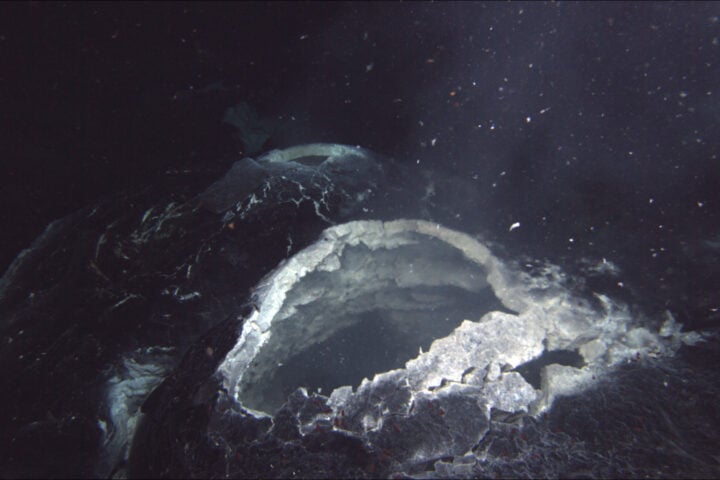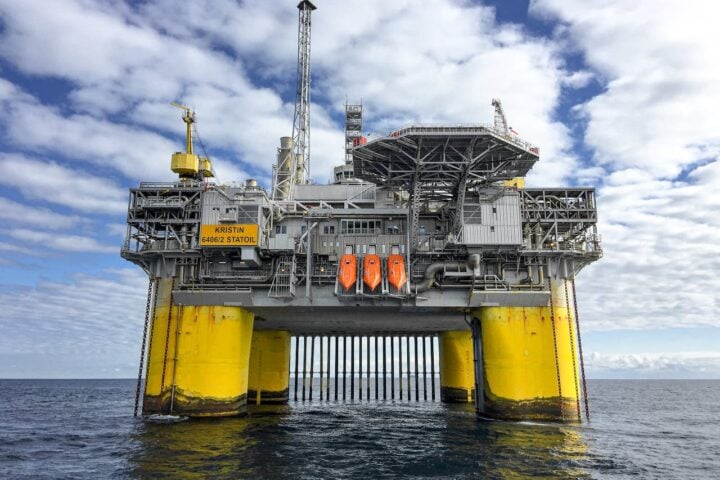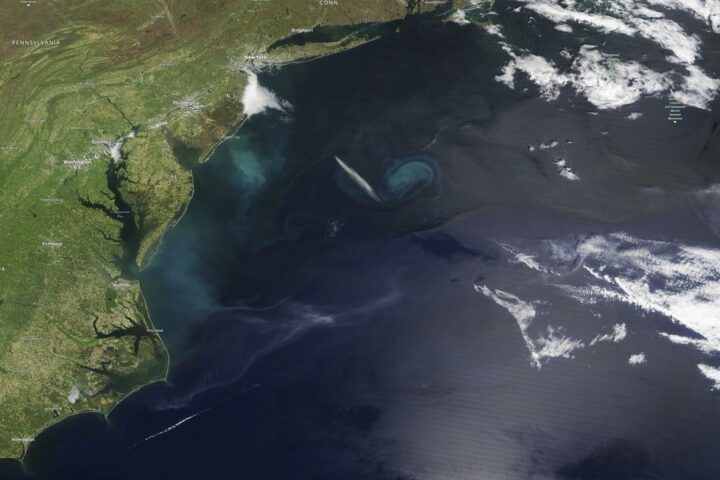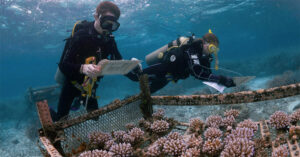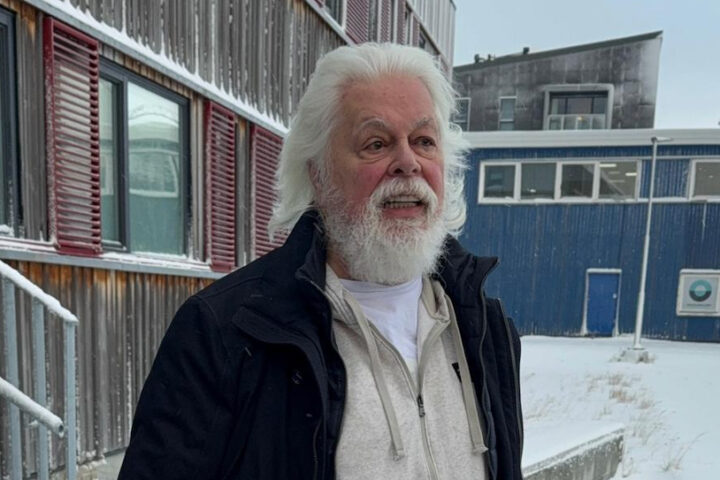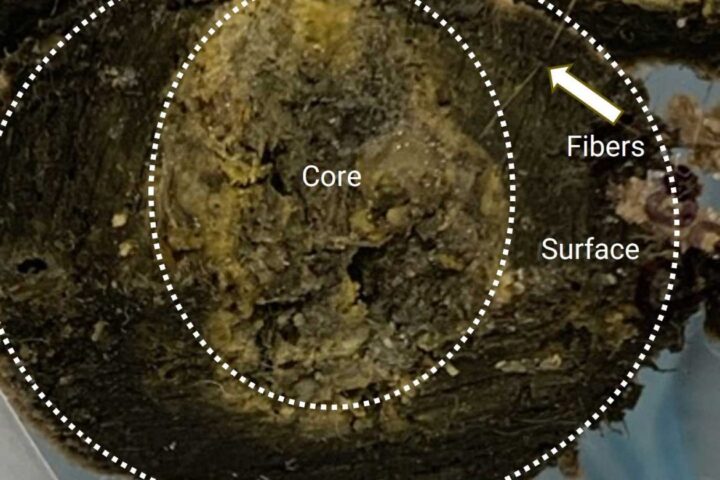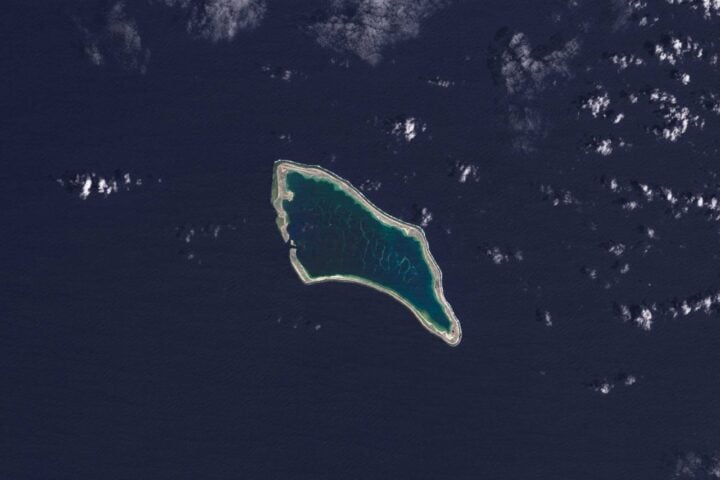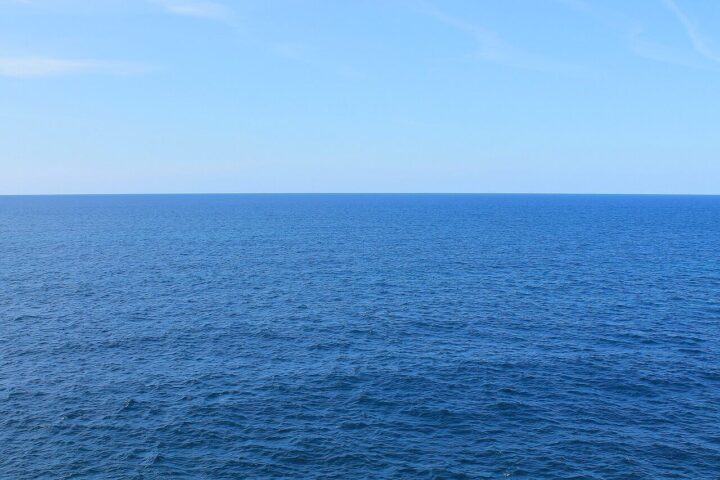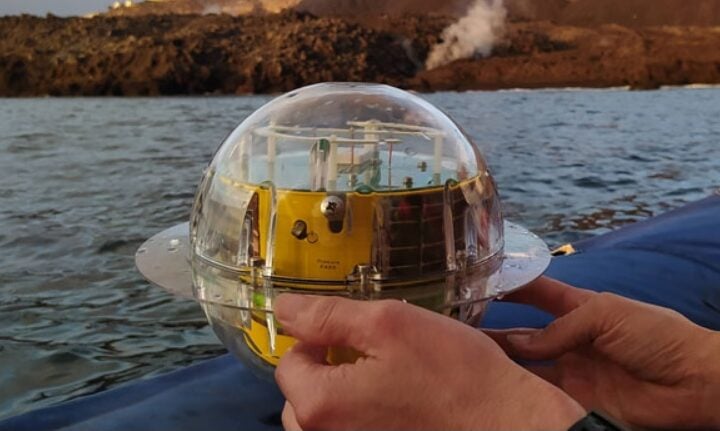In a significant stride towards combating climate change, the U.S. Department of Energy (DOE) has announced an allocation of $36 million to foster the development of marine carbon dioxide removal (mCDR) technologies. This funding, aimed at 11 projects across eight states, is a part of the DOE’s Sensing Exports of Anthropogenic Carbon through Ocean Observation (SEA-CO2) program. It underscores the Biden-Harris Administration’s commitment to a net-zero emissions economy by 2050 and highlights innovative approaches to reduce greenhouse gas pollution.
U.S. Secretary of Energy Jennifer M. Granholm emphasized the necessity of diverse climate solutions, stating, “Reaching President Biden’s ambitious decarbonization goals and avoiding the worst impacts of climate change will require a wide range of innovative climate solutions, from common-sense approaches like improving energy efficiency to novel applications like utilizing the ocean’s natural carbon removal abilities to reduce greenhouse gas pollution from the atmosphere.”
The mCDR techniques capitalize on the ocean’s inherent carbon capture and storage processes. These methods, along with other carbon dioxide removal strategies, could potentially mitigate and eliminate hundreds of millions of tons of harmful carbon dioxide emissions annually. The SEA-CO2 program recognizes the importance of scalable, cost-effective technologies for measuring, reporting, and validating various mCDR approaches, which are crucial for the growth of this industry and the achievement of President Biden’s clean energy and climate objectives.
Managed by DOE’s Advanced Research Projects Agency-Energy (ARPA-E), the selected projects involve small and large businesses, national labs, and universities. These teams are tasked with creating new sensors and models to quantify the effectiveness of mCDR techniques. The projects include:
- at depth MRV (Cambridge, MA): Developing an ocean modeling system using graphical processing units to enhance simulation modeling speed. (Award: $2,524,964)
- Bigelow Laboratory for Oceanic Sciences (East Boothbay, ME): Creating a biogeochemical computer model to better estimate the carbon movement and storage by ocean zooplankton. (Award: $2,279,867)
- [C]Worthy (Boulder, CO): Developing a framework for model building and data assimilation for accurate carbon accounting in mCDR. (Award: $3,884,825)
- GE Research (Niskayuna, NY): Creating a fiber optic sensor cable for measuring ocean carbon parameters over large areas. (Award: $4,274,658)
- Pacific Northwest National Laboratory (Seattle, WA): Evaluating the effectiveness of Ocean Alkalinity Enhancement in major U.S. coastal areas. (Award: $2,080,715)
- University of Colorado (Boulder, CO): Developing optical underwater sensors with broad-band lasers for dissolved carbon compounds measurement. (Award: $5,904,233)
- University of Pittsburgh (Pittsburgh, PA): Creating buoy-based optical fiber sensors for pH and carbon dioxide measurement in seawater. (Award: $2,274,859)
- University of Texas at Austin (Austin, TX): Developing an acoustic sensor network to quantify carbon storage in shallow seagrass beds. (Award: $2,034,903)
- University of Utah (Salt Lake City, UT): Developing a micro-optical, micro-electronic seafloor probe for extended carbon storage measurement. (Award: $2,004,554)
- Woods Hole Oceanographic Institution (Woods Hole, MA): Creating a system-on-a-chip for integrated ocean carbon flux monitoring. (Award: $3,738,960)
- Woods Hole Oceanographic Institution (Woods Hole, MA): Developing a natural thorium decay sensor for quantifying particulate organic carbon flux rates. (Award: $4,802,245)
Further details on these projects can be found on the ARPA-E website.
This initiative is part of President Biden’s Whole-of-Government Approach to developing next-generation climate technologies. Earlier, the White House Office of Science and Technology Policy (OSTP) announced a new Fast-Track Action Committee on Marine Carbon Dioxide Removal. This committee, under OSTP’s National Science and Technology Council, will evaluate various types of mCDR and shape relevant policy and research.
Additionally, the NOAA Ocean Acidification Program, on behalf of the National Oceanographic Partnership Program (NOPP), announced $24.3M in funding to advance research in marine carbon dioxide removal. This funding will support collaborative research involving academic researchers, federal scientists, and industry to expand understanding of mCDR approaches, risks, co-benefits, and regulatory frameworks.
It’s important to note that selection for award negotiations by the DOE does not guarantee funding. The DOE and applicants will undergo a negotiation process, and DOE reserves the right to cancel negotiations and rescind the selection at any point during this period.
This funding initiative represents a critical step in the United States’ journey towards a sustainable, net-zero future, leveraging the power of the ocean in the fight against climate change. By investing in these innovative technologies, the DOE not only addresses the immediate challenge of reducing greenhouse gas emissions but also reinforces America’s leadership in the global clean energy sector.



